Genus has recently been selected to supply The University of Stirling with a Zeutschel A1 Scanstudio. This upgrade of digitisation equipment will provide a new resource for researchers across the University’s Academic departments (in particular Arts & Humanities) and will also create a new ‘digitisation hub’ for heritage organisations and the creative community in the wider Forth Valley area. In this blog we interviewed Karl Magee, Archivist of the Information Services department to discuss their reasons behind selecting the Scanstudio.
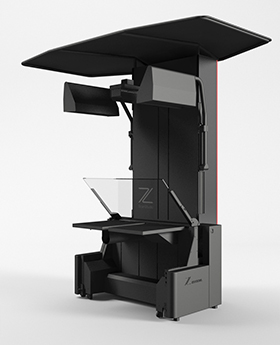
The Zeutschel ScanStudio enables the user to reach the very highest recommendation in cultural heritage digitisation according to Metamorfoze, FADGI and ISO. This is achieved by perfectly matching the Phase One digital back to hand selected lenses and the Zeutschel designed ErgoLED lighting system. The Zeutschel designed rotary shutter has been created from established technology and each lens is apochromatic corrected and specifically chosen to resolve each pixel on the sensor. The ErgoLED lighting has been designed so that the spectral composition of the light matches the sensitivity of the sensor and the cross over effect eliminates reflections and creates a perfectly lit capture area with a CRI of 98.
To keep a constant eye on quality the Zeutschel QM Tool can be integrated into the Omniscan workflow software and constantly monitor the quality level being achieved.
The Zeutschel ScanStudio is available with either a 100 or 150mp Phase One digital back and a variety of book cradle, tables and book holders.
The University of Stirling opened in 1967. Located on the former Airthrey Estate close to the town of Bridge of Allan, it is Scotland’s University for Sporting Excellence and was named The Sunday Times Sports University of the Year in 2020. Home to over 14,000 students its research and teaching are spread across the five faculties of Arts & Humanities, Health Sciences & Sport, Natural Sciences, Social Sciences, and the Stirling Management School: https://www.stir.ac.uk/about/
The University Archives holds a wide range of collections that support research and teaching. Its collections cover a range of subjects including film, literature, politics, health, medicine and sport. It also holds the archives of the University, which provide its institutional memory: https://libguides.stir.ac.uk/archives/home
The University’s Art Collection includes a range of works from contemporary Scottish artists, which are displayed across the campus and centred in the Pathfoot Building, the original University building constructed in 1967: https://www.stir.ac.uk/about/art-collection/
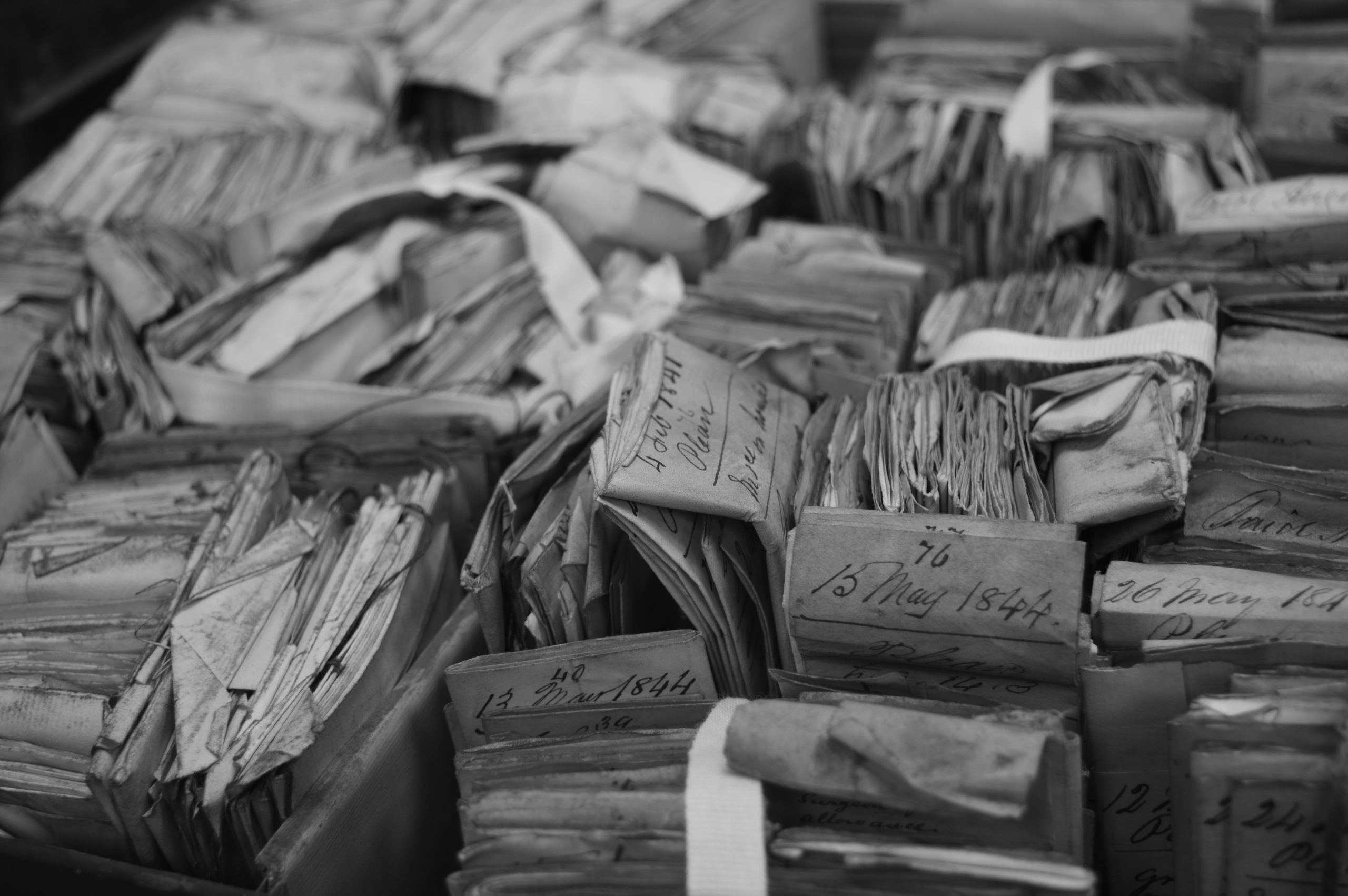
Why was the Scan Studio selected and how important was the ability to meet current digitisation standards?
In assessing the options available a key consideration was the University’s Information Services policy to rationalise and simplify the technology it provides and manages. The choice of the Zeutschel A1 ScanStudio fitted into this overall management strategy by offering a single system which meets the multiple needs of our collections.
The existing scanning equipment used by the University Archives and the Art Collection was no longer fit for purpose. Over 50% of our archive collections could not be digitised in-house because of their size and format, while 80% of the art collection is inaccessible at any given time due to the limited amount of gallery space. The University required new equipment to provide a full reprographic service for all of its cultural and heritage collections across a range of formats.
At Stirling we are keen to achieve the highest current digitisation standards to meet all of the new possibilities offered by emerging standards such as IIIF, the standard being used by a growing community of the world’s leading research institutions to share their digitised content. Our new Culture on Campus website uses IIIF to enhance access and use of our digitised collections:https://collections.stir.ac.uk/
How has it been funded?
Funding was secured for the purchase of the ScanStudio through a successful application to the Arts and Humanities Research Council’s Capability for Collections scheme, which provided a grant of £196,000 for the upgrade of the university’s reprographic technologies:https://www.stir.ac.uk/news/2021/march-2021-news/200k-investment-will-super-charge-research-capacity-at-university-of-stirling/
The funding was part of a £15 million investment in the arts and humanities by UKRI to transform the equipment and facilities of the UK’s galleries, libraries, museums and archives:https://www.ukri.org/opportunity/ahrc-capability-for-collections-fund/
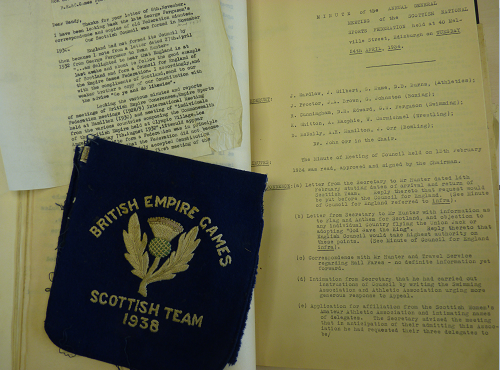
What are the initial projects selected for digitisation?
The equipment will be made available to libraries, archives, museums, and the creative community in the region in order to open up their collections. In reciprocation, the partnership with local cultural organisations will create new opportunities for academics and researchers at the University of Stirling and beyond to develop projects focusing on significant collections held in the Forth Valley region.
Initial work will include supporting existing research projects at the University including the AHRC-funded Books and Borrowing project: https://borrowing.stir.ac.uk/
We will also be digitising a full run of The Scots Independent newspaper, a recent addition to our Scottish Political Archive, and opening up the extensive range of sporting memorabilia held in our Commonwealth Games Scotland Archive in advance of the 2022 Birmingham Commonwealth Games.
With installation scheduled for this May, how has your experience with Genus been so far?
Genus have been quick to respond and happy to address all the challenges we have faced during lockdown to both secure funding and arrange delivery of the equipment. We’re looking forward to installation week and seeing our new equipment in action!
Genus would like to thank Karl Magee for his contribution to this article. To find out more about Zeutschel products, please visit our webpages
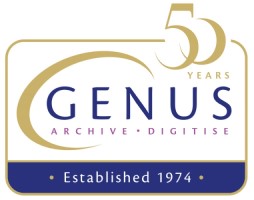
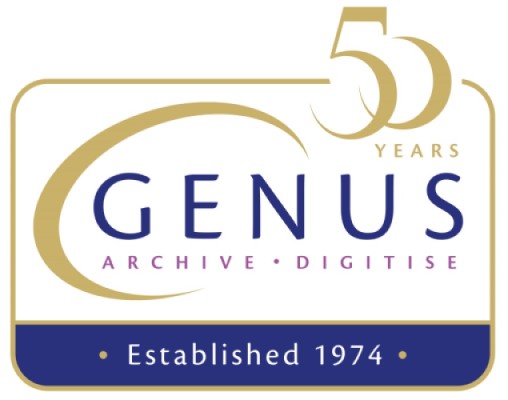

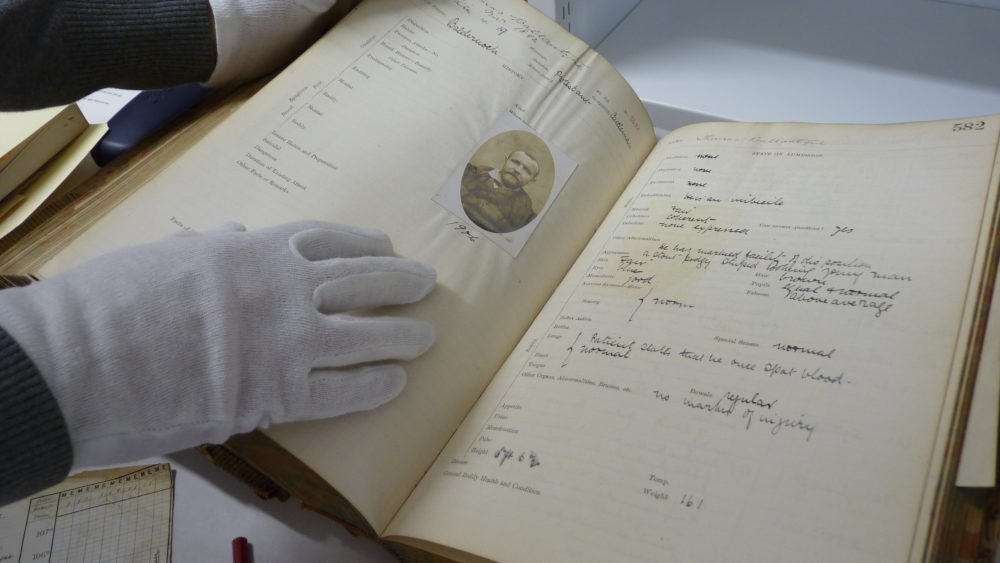
Comments are closed.